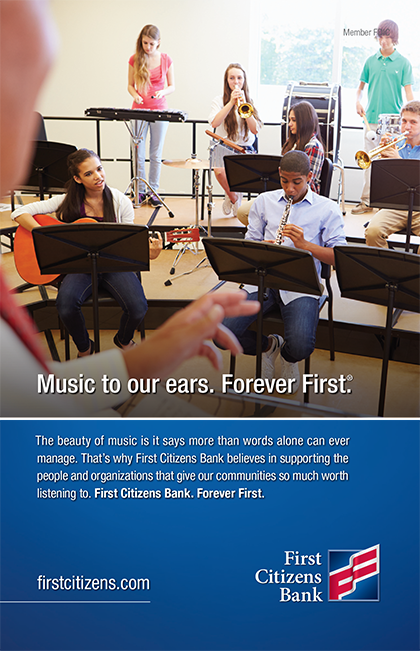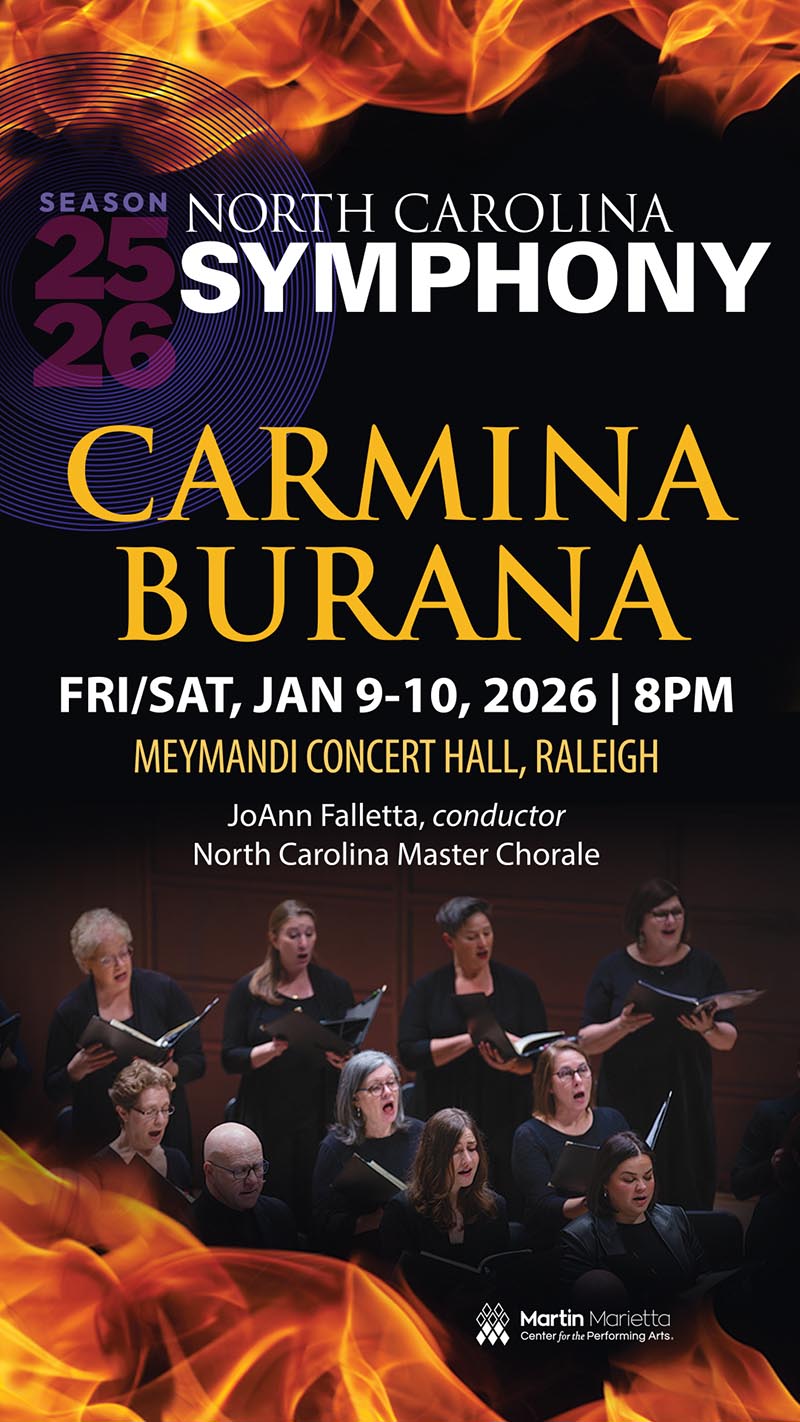Suite from Cold Mountain
Jennifer Higdon (b. 1962)
[2022]
Jennifer Higdon is one of America’s most acclaimed figures in contemporary classical music, receiving the 2010 Pulitzer Prize in Music for her Violin Concerto, a 2010 Grammy for her Percussion Concerto, a 2018 Grammy for her Viola Concerto and, most recently, a 2020 Grammy for her Harp Concerto. Higdon’s first opera, Cold Mountain, won the International Opera Award for Best World Premiere and the opera recording was nominated for two Grammy awards. In 2018, Higdon received the prestigious Nemmers Prize from Northwestern University, awarded to contemporary classical composers of exceptional achievement who have significantly influenced the field of composition. Most recently, she was invited to become a member of the American Academy of Arts and Letters. Higdon enjoys several hundred performances a year of her works and her works have been recorded on more than 70 CDs.
Among living American composers, Higdon stands out for the uncommon beauty of her orchestral pieces. She had an unlikely start for a musician of her stature: after picking up the flute at the age of 15, she enrolled as a flute performance major at Bowling Green State University, where she received her first formal training and composed her first piece.
Higdon lived in Atlanta as a child before moving to eastern Tennessee when she was 10. Spending her formative years in the Appalachians left a lasting impression on her musical personality, a connection that proved especially valuable when she and librettist Gene Scheer selected the 1997 novel Cold Mountain, by North Carolina novelist Charles Frazier, as the basis for her first opera.
Set during the Civil War on a farm in the Smoky Mountains of North Carolina, Cold Mountain features music imbued with longing and nostalgia to match the high drama of the story. When a consortium of 37 orchestras commissioned Higdon to create a suite from the opera, she extracted and rearranged sections to create an exciting musical arc, assigning vocal parts to solo instruments and adding new material to stitch it all together.
Two flutes, two oboes, two clarinets, two bassoons, four horns, three trumpets, three trombones, tuba, percussion, strings

